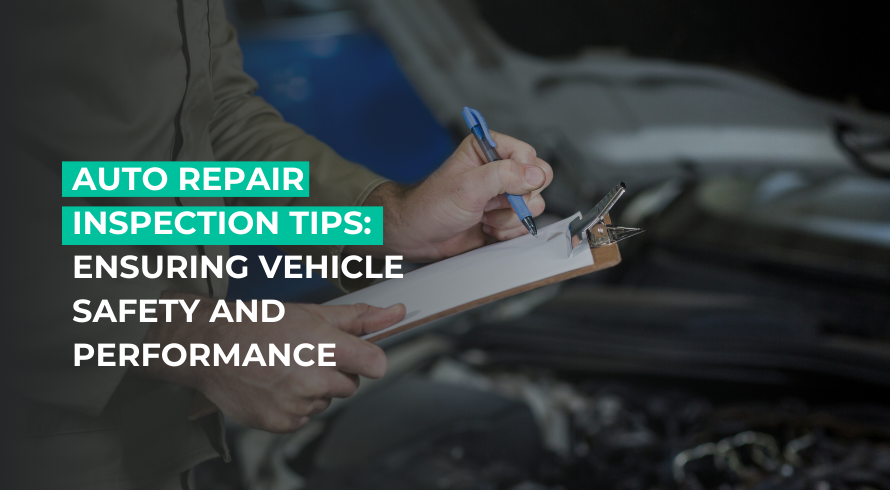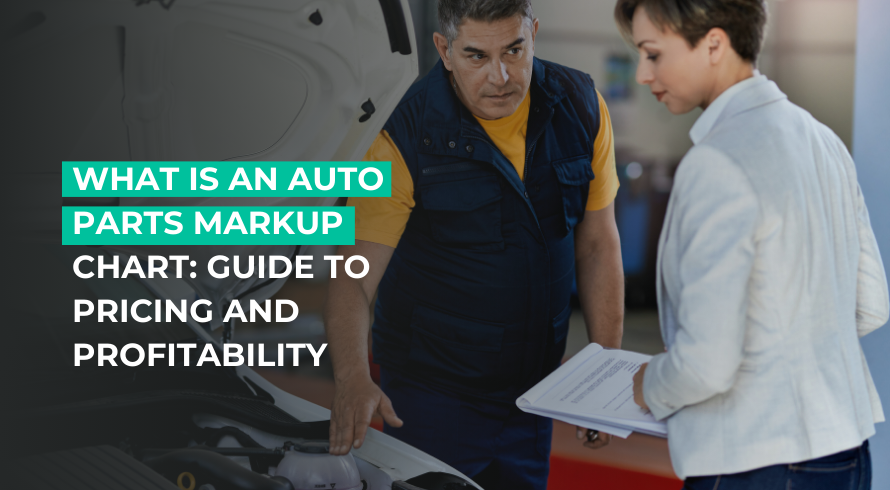Vehicle inspections are a crucial part of automotive maintenance. They ensure that cars remain safe, reliable, and efficient. Regular inspections can help identify potential issues before they become serious problems. It enhances the vehicle’s performance and prolongs its lifespan. In this guide, we’ll explore essential auto repair inspection tips. And cover everything from key components to specific considerations for heavy vehicles.
What is an auto repair inspection?
An auto repair inspection involves a thorough examination of a vehicle. To assess its safety, performance, and condition. Inspections can vary in scope, from routine checks before a long trip to comprehensive evaluations required by law. They often encompass various aspects of the vehicle. It can include mechanical components, safety features, and overall functionality.
Key components of a vehicle inspection
To ensure a comprehensive evaluation. It’s essential to break down the inspection into several key components:
Exterior inspection
- Body and frame: Check for any signs of damage, rust, or corrosion on the body and frame. Look for dents, scratches, or areas that may have been improperly repaired.
- Check tire condition: Inspect all tires for proper inflation, even wear, and sufficient tread depth. Tires should be rotated regularly to promote even wear and extend their lifespan.
- Lights and signals: Ensure all lights (headlights, taillights, turn signals) function correctly. This includes checking the brightness and clarity of the bulbs.
Interior inspection
- Upholstery and trim: Examine the condition of the seats, dashboard, and other interior components for wear and tear.
- Dashboard indicators: Pay attention to the warning lights on the dashboard. Address any alerts related to engine performance, battery health, or fluid levels.
- Safety features: Check seat belts and airbags. Also, any other safety features to ensure they are operational and in good condition.
Mechanical inspection
- Engine and transmission: Inspect for leaks, unusual noises, and overall performance. Ensure that fluid levels are adequate and that the engine runs smoothly.
- Brakes and suspension: Check the brake pads, rotors, and fluid levels. For suspension, ensure that components are intact and functioning properly.
Special considerations for heavy vehicle inspections
Heavy vehicles, including trucks and buses, demand more comprehensive inspections. This is due to their size, complexity, and the nature of their operations. Here’s a breakdown of key considerations and differences compared to light vehicle inspections.
Differences between heavy and light vehicles
When it comes to inspections, heavy vehicles differ significantly from light vehicles in several ways:
- Regulatory requirements: Heavy vehicles are subject to stricter regulations. They are also subject to more frequent inspections, particularly for commercial operations. Understanding these regulations is crucial for compliance and safety.
- Complex systems: Heavy vehicles feature more complex mechanical and electrical systems. Inspections must account for these complexities to ensure thorough evaluations and proper functionality.
Key areas of focus for heavy vehicle inspections
For heavy vehicles to stay safe and reliable, several key areas need a careful inspection.
- Axles and suspension systems
Heavy vehicles often have more complex suspension systems and multiple axles. Inspectors should conduct thorough checks for alignment issues, suspension damage, and wear. Proper alignment and working suspension parts are essential for vehicle stability and handling. - Tire inspection
Heavy vehicles are typically equipped with multiple tires on a single axle. This necessitates a detailed inspection. It includes checking for even wear, proper inflation, and adequate tread depth across all tires. Uneven wear can indicate mechanical problems or poor maintenance practices. Proper inflation is essential for safe operation and fuel efficiency. - Fluid levels and quality
Given their size and operational demands, heavy vehicles require various fluids. This includes engine oil, coolant, transmission fluid, and hydraulic fluids. Inspectors should verify all fluid levels and check for leaks or contamination. As these can lead to significant mechanical failures if not addressed. - Electrical systems and lighting
Heavy vehicles feature more elaborate electrical systems than light vehicles. It’s crucial to inspect all lighting systems. This includes headlights, brake lights, turn signals, and interior lights. Inspectors should also look for any warning lights on the dashboard. This may indicate issues within the electrical system. - Load handling components
For vehicles designed to carry or tow heavy loads, it’s essential to inspect load-handling components. This includes hydraulic lifts, tow hooks, and winches. To ensure these components meet safety standards is critical. As this can help to prevent accidents and ensure safe operation.
Closing thoughts
Conducting thorough auto repair inspections is essential for maintaining vehicle safety and performance. By systematically assessing both exterior and interior components. Also focusing on the specifics of heavy vehicles, owners can ensure their vehicles remain in optimal condition. Regular inspections help avoid costly repairs down the road. And they also contribute to overall road safety for everyone.
FAQs
What are the inspection points in a car?
Inspection points in a car refer to specific areas that mechanics check during an inspection. These include tire condition, fluid levels, brakes, lights, and safety features. Each point is vital for ensuring the vehicle’s safety and performance.
What is a 7-point inspection?
A 7-point inspection typically covers the most critical aspects of vehicle safety and functionality. This may include checking:
- Engine oil level
- Tire condition and pressure
- Brake fluid level
- Transmission fluid level
- Power steering fluid level
- Battery condition
- Wiper blades and fluid
These inspections provide a foundational check-up to ensure that a vehicle is roadworthy.
How often should a vehicle undergo a comprehensive inspection?
Generally, a comprehensive vehicle inspection is recommended at least once a year. However, factors like mileage, usage, and the vehicle’s age may require more frequent inspections, especially for heavy or commercial vehicles.
What is the difference between a routine inspection and a comprehensive inspection?
A routine inspection focuses on basic components like fluid levels, tire pressure, and lights. In contrast, a comprehensive inspection is more detailed, examining critical mechanical systems, safety features, and performance aspects to ensure complete vehicle reliability.



 Demo
Demo







